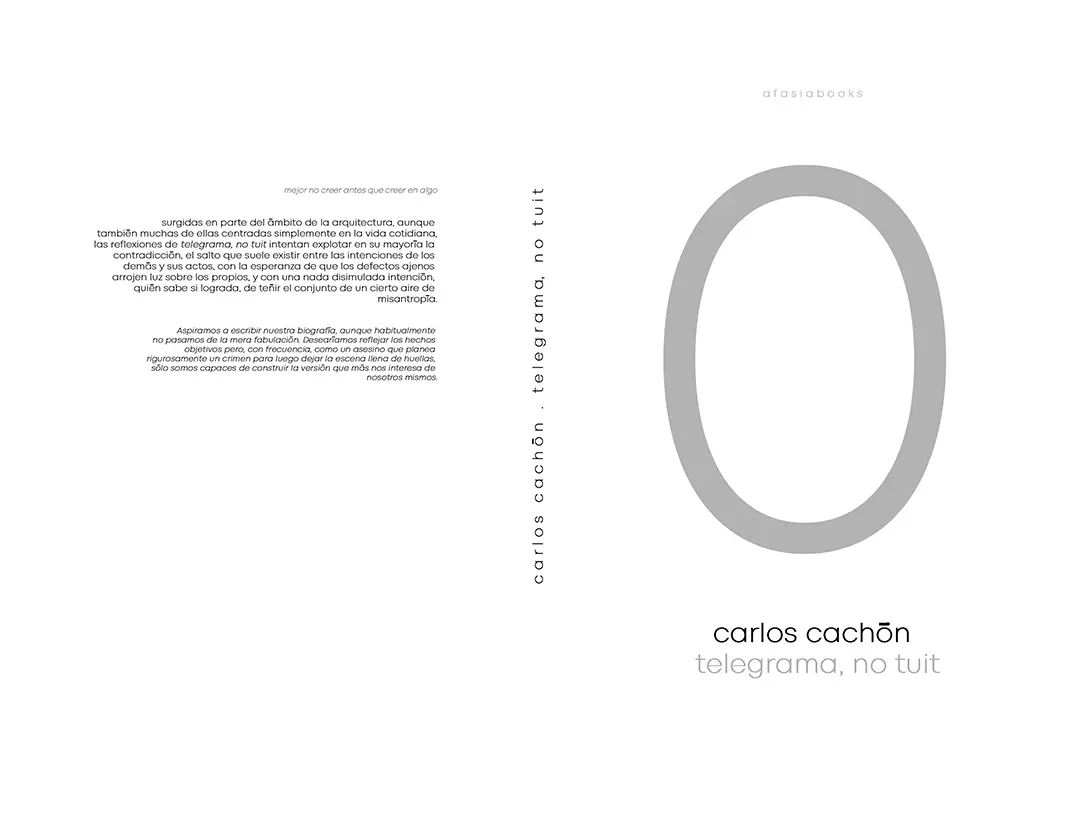
OBO Estudi . photos: © Andrés Flajszer
The building is located on a plot near the urban center, but with urban planning conditions that allow little separation between neighbors and where the developers requested a single-story construction. Being unable to obtain long views, the dwelling is conceived as an introspective refuge, where constructive tradition and modernity converge in an architectural dialogue.
The project is organized around a contemporary impluvium; a central rectangular courtyard that connects the four naves that compose it. This void, far from being a mere residual space, stands as the vital core of the home, allowing views to be filtered through the spaces that surround it.
Access is gained from the north facade, through a corner vestibule. From there, the dwelling unfolds in a gradient of privacy that culminates in the main bedroom, located in the opposite corner. The south nave, designed as a semi-open porch with wooden roller blinds, filters the light and creates a liminal space between the interior and exterior, blurring the boundaries between public and private.
The facade with pillars resolves the building’s structure, connected to a set of wooden beams perpendicular to the direction of each nave. A traditional element such as latticed brickwork is used to tie the pillars together and offer a breathable shading structure that defines the building’s skin. Inside, the materiality is equally simple: polished concrete flooring, exposed timber structure, and walls plastered with lime mortar.
The central courtyard not only orders the space but also regulates the climate. A hackberry tree, strategically located, acts as a bioclimatic regulator, allowing sunlight to enter in winter and offering cool shade in summer. Roller blinds with horizontal slats, of vernacular inspiration, run along the perimeter of the house, adapting to the seasons of the year. The ventilated facade and the humidity controlled by the plastered ceramic walls help to improve comfort during the warmer months.·
_
El edificio se ubica en una parcela próxima al centro urbano, pero con unos condicionantes urbanísticos que permiten poca separación entre vecinos y donde los promotores solicitan una construcción en planta baja. Al ser incapaz de obtener vistas largas, la vivienda se concibe como un refugio introspectivo, donde la tradición constructiva y la modernidad convergen en un diálogo arquitectónico. El proyecto se organiza en torno a un impluvium contemporáneo; un patio central rectangular que relaciona las cuatro naves que lo componen. Este vacío, lejos de ser un mero espacio residual, se erige como el núcleo vital del hogar, permitiendo filtrar las miradas a través de los espacios que lo rodean. El acceso se produce por la fachada norte, a través de un recibidor en la esquina. Desde allí, la vivienda se despliega en un gradiente de privacidad que culmina en la habitación principal, ubicada en la esquina opuesta. La nave sur, resuelta como un porche semiabierto con persianas enrollables de madera, tamiza la luz y crea un espacio liminal entre el interior y el exterior, difuminando los límites entre lo público y lo privado. La fachada con pilares resuelve la estructura del edificio, conectada a un conjunto de vigas de madera perpendiculares al sentido de cada nave. Se emplea un elemento tradicional como el ladrillo calado para trabar los pilares y ofrecer un umbráculo transpirable que define la piel del edificio. En el interior, la materialidad es igualmente sencilla: pavimento de hormigón pulido, estructura de madera vista y paredes enlucidas con mortero de cal. El patio central no solo ordena el espacio, sino que también regula el clima. Un almez, situado estratégicamente, actúa como regulador bioclimático, permitiendo la entrada de luz solar en invierno y ofreciendo sombra fresca en verano. Persianas enrollables de lamas horizontales, de inspiración vernácula, recorren el perímetro de la casa adaptándose a las estaciones del año. La fachada ventilada y la higrometría controlada por los paramentos cerámicos enlucidos ayudan a mejorar el confort durante los meses más cálidos.























